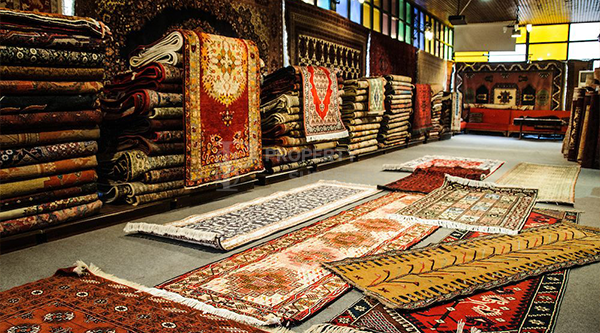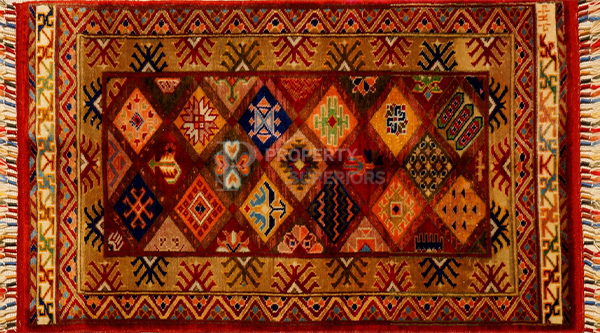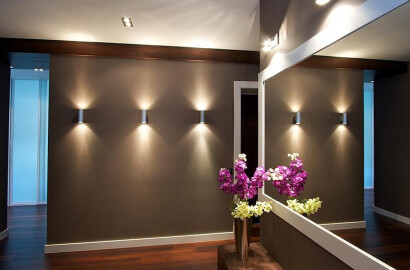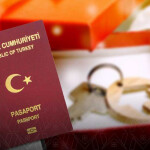
If you own property in Turkey, you'll eventually think about the interior design, and using kilims is something you should consider. Turkish carpets are works of art in terms of color, pattern, and craftsmanship, yet by those who are unaware of its unique beauty, kilims are frequently seen as the poor man's carpet. Kilims are unique in their aesthetic appeal and practicality.
originally made by nomads in Anatolia and Thrace, as well as in North Africa, the Balkans, Central Asia, Iran, and Iraq, not for a Turkish property. Because they are flat woven, they are sometimes grouped together as oriental rugs, although the Kilim should truly be in its own category.
Flat weave rugs are not knotted, have no tufted pile, and are produced on a loom. They create durable, vibrant floor coverings, but you may also use them as wall hangings. Geometric designs are the preferred pattern because of the weaving technique, a slit weave, although you may also occasionally see floral motifs.

A Family Relic or Just a Floor Covering for Your Turkish Property?
- Some designs and materials are kept as trade or family secrets. An acknowledged status symbol and investment, they are frequently cherished bridal presents that are passed down through the generations. The kilim is typically constructed of wool, however there are several variants, including:
- Normally, the fleece of fat-tailed sheep is used to make wool kilims, but merino wool is appreciated for the length of its fiber and the exquisite luster it imparts to the final kilim. Wool is strong, dyes well, and is widely accessible where kilims are made.
- The most prevalent type of kilim is one made of wool and cotton. The kilim gains tensile strength by using cotton for the warps and wool for the wefts. The contour of the rug is maintained and the whiteness fades less over time thanks to the practical cotton. Additionally, the pattern of the kilims is highlighted with cotton fibers.
- Silk; the kilim is unquestionably a luxurious and pricey object as a result of the inclusion of silk. They are uncommon, however the Turkish region of Anatolia still weaves them, namely in the Kayseri district. These Kilims are typically seen in wedding dowries and are highly valued by families.
- Kilims also contain animal hair, including camel and goat hair to strengthen the wool kilims and horse hair for the ornamental tassels. The opulent filikli tuylu kilims are made with'mohair' made from angora goat hair. These longer thread kilims, which are often from the Karapinar region near Konya, are unique since they frequently serve as wall hangings and are more like works of cultural art than simple rugs.
I hope you have liked this little introduction to Turkish Kilims and will feel more comfortable buying one for your Turkish house, since they truly do bring that special something
Related posts:
"Smart Homes" are homes that have the latest technology. All of the parts of the house are controlled by technology, so they are fully automated. That means you can control everything in your home with the touch of a button,...
One of the earliest types of lighting in history, wall sconces were used to hold candles. These wall-mounted light sources at eye level cast a glowy point on a surface and distribute light throughout the space.




 New provisions for obtaining Turkish citizenship through real estate ownership
New provisions for obtaining Turkish citizenship through real estate ownership
 Turkish Real Estate Rental Law 2024
Turkish Real Estate Rental Law 2024
 Ways to obtain Turkish citizenship through investment 2024
Ways to obtain Turkish citizenship through investment 2024
 How to choose an ideal apartment in Turkiye?
How to choose an ideal apartment in Turkiye?
 Turkish passport... Extraction method and fees 2024
Turkish passport... Extraction method and fees 2024
